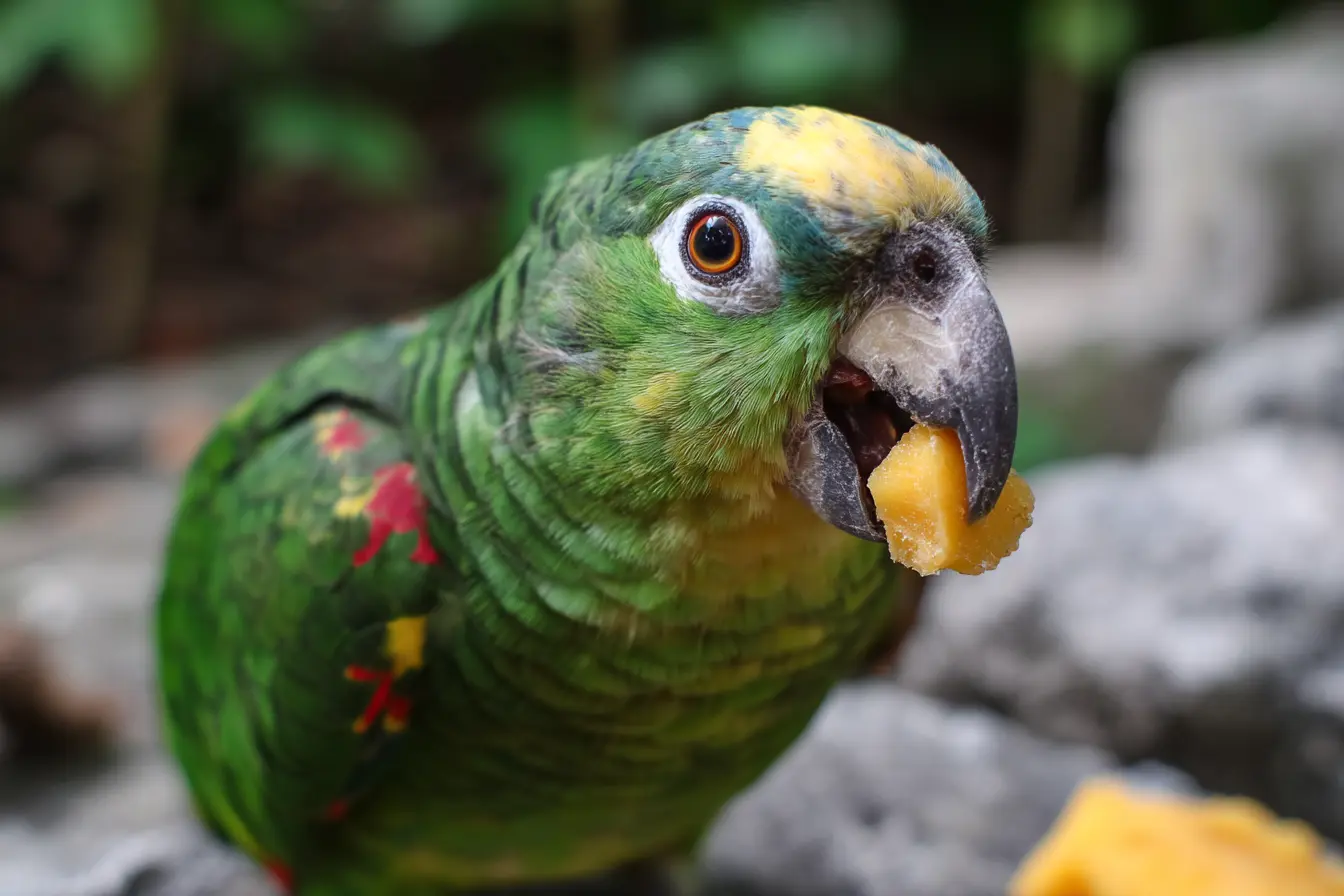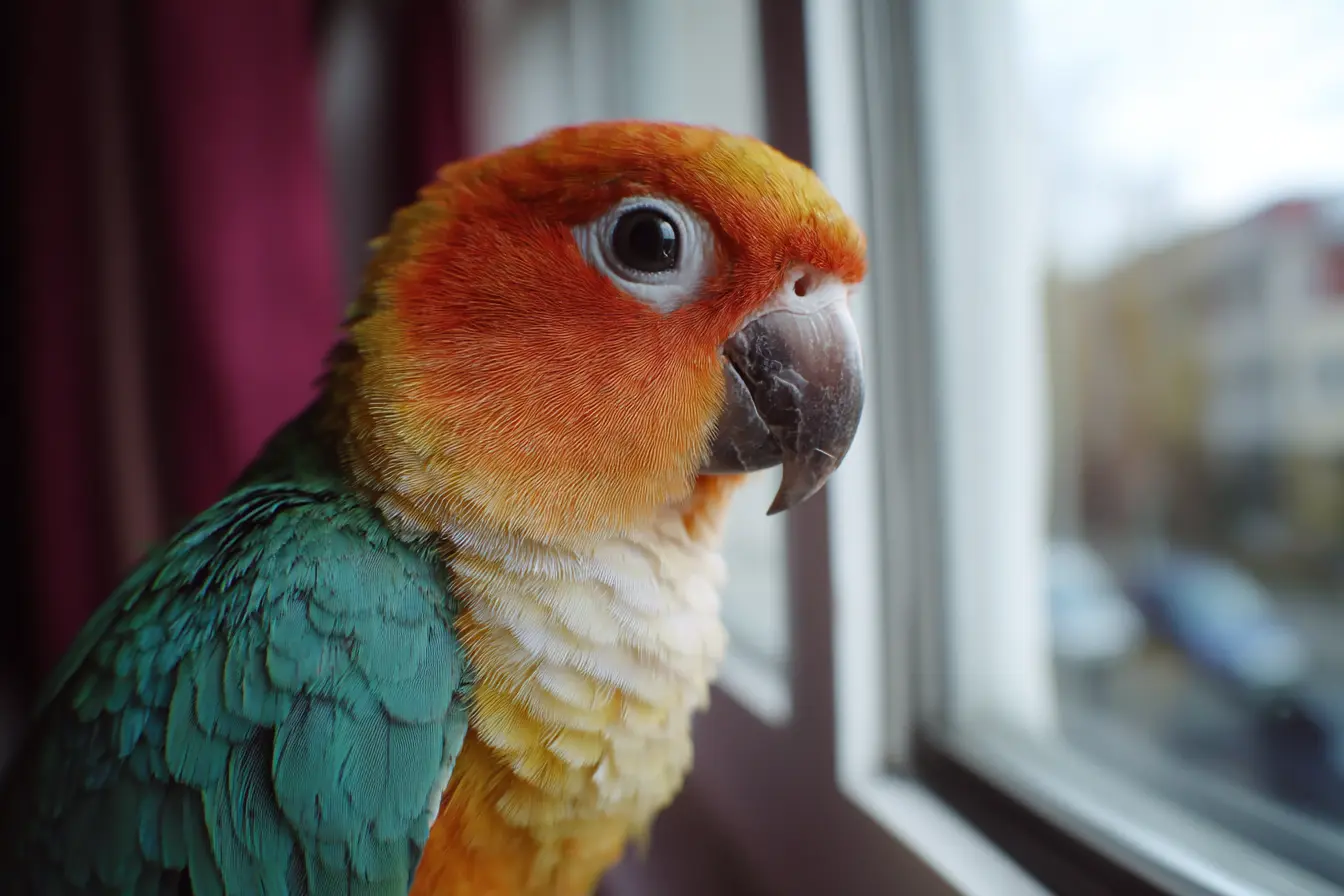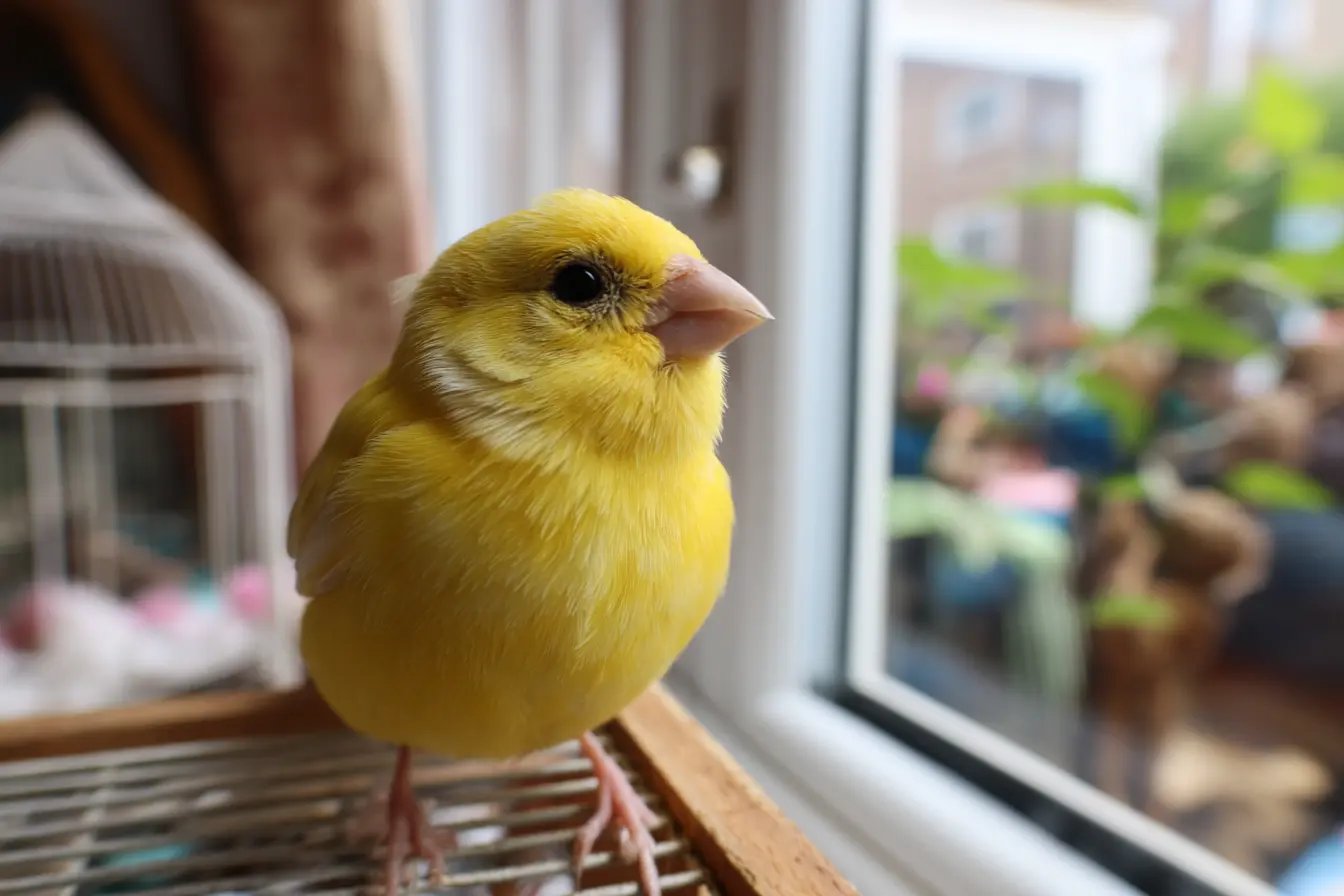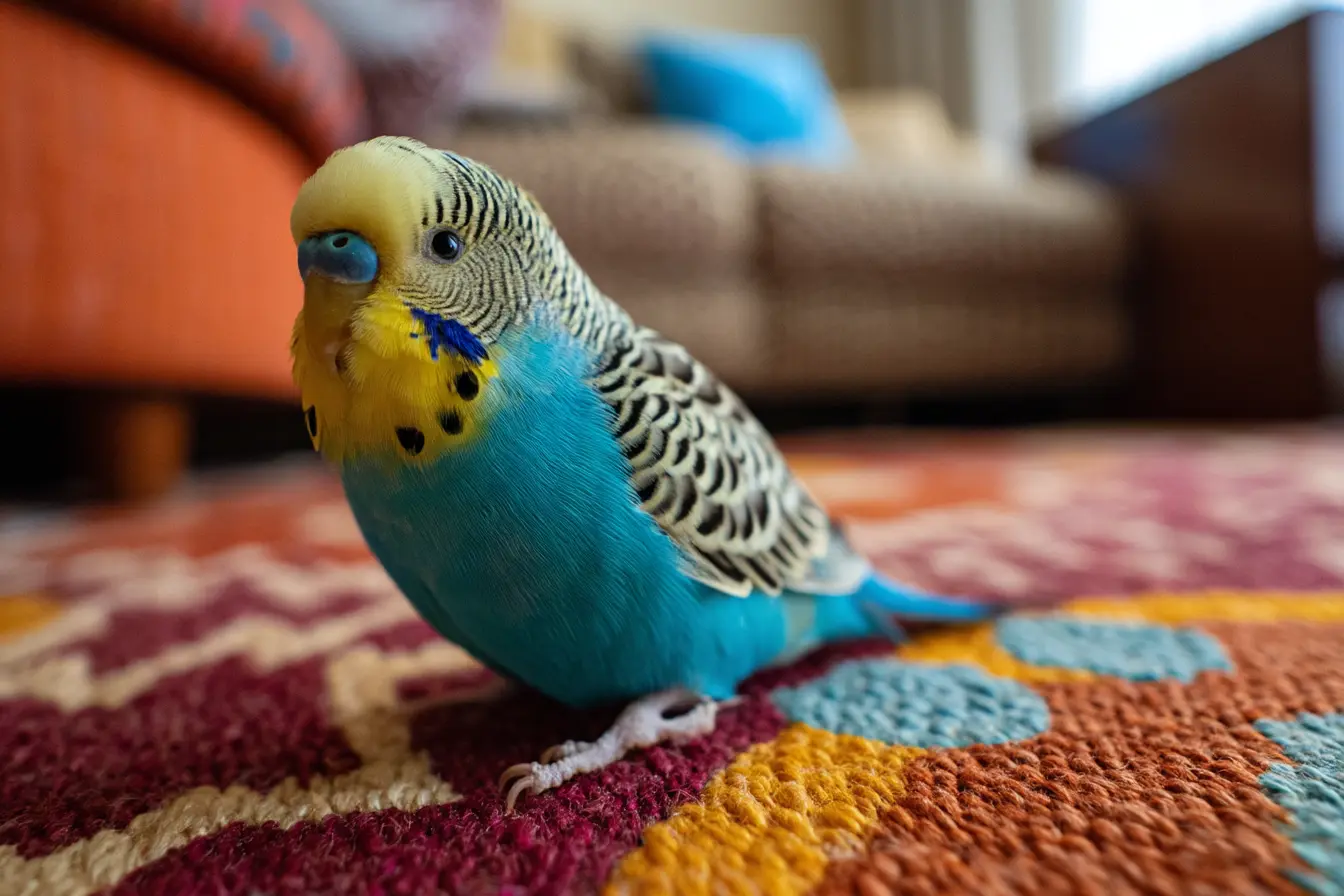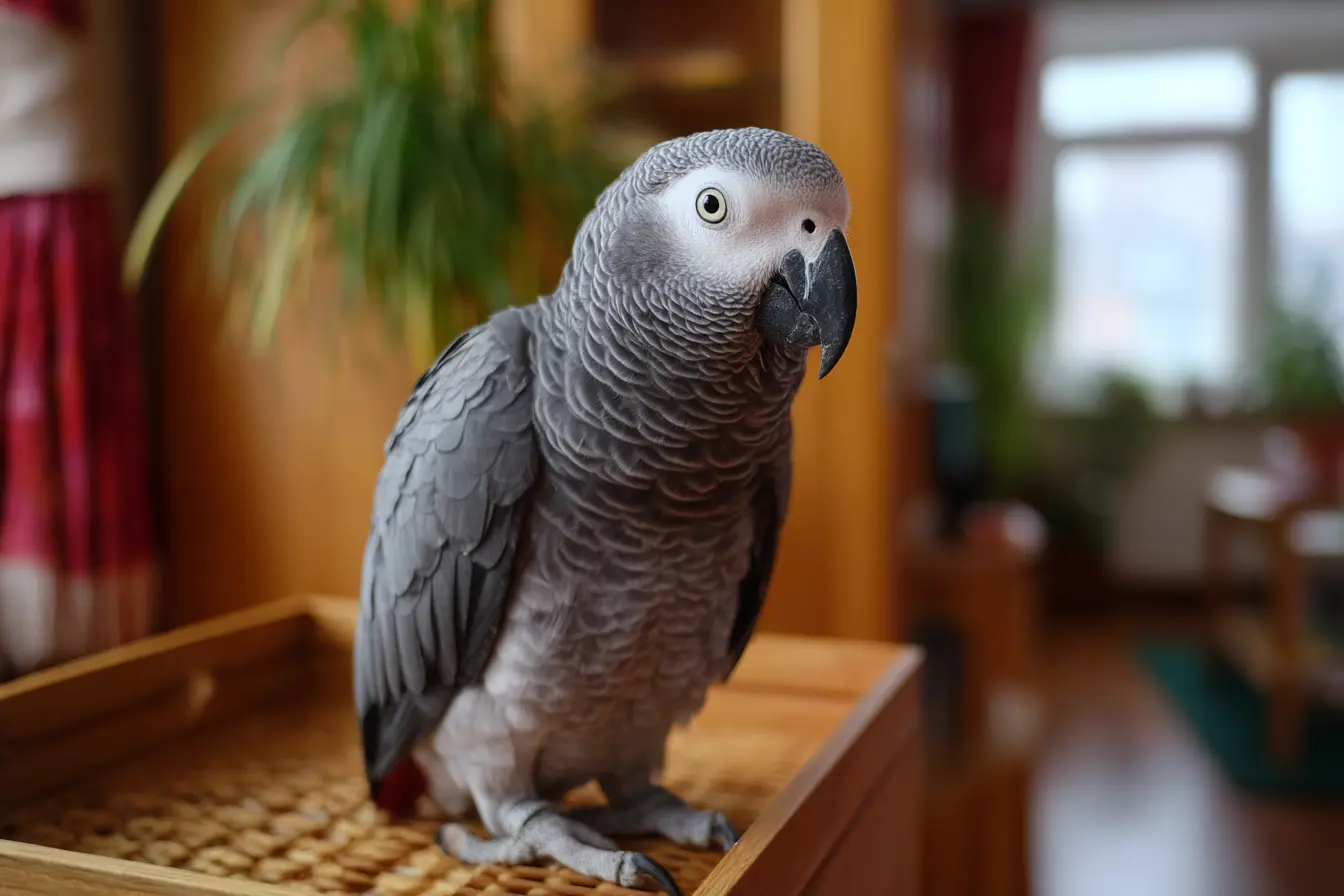
Egg Binding in Pet Birds: Causes, Symptoms, and Treatment
Egg binding is a serious and potentially life-threatening condition in pet birds where a female bird is unable to pass an egg. This condition can cause significant distress, weakness, and complications if not treated promptly. It is most commonly seen in small birds such as budgerigars, cockatiels, finches, canaries, and lovebirds but can affect any egg-laying bird.
Understanding the causes, symptoms, treatment, and prevention of egg binding is essential for bird owners to ensure their pet’s reproductive health and well-being.
What Is Egg Binding?
Egg binding occurs when an egg becomes stuck in the oviduct and cannot be laid naturally. The condition can range from mild cases where a bird struggles to lay an egg but eventually succeeds, to severe cases where the egg becomes lodged, leading to infection, tissue damage, or even death if untreated.
Egg binding is considered an emergency and requires immediate veterinary attention, especially if the bird shows signs of distress.
Causes of Egg Binding
Several factors can contribute to egg binding in pet birds.
Nutritional Deficiencies
Calcium deficiency is one of the most common causes of egg binding. Calcium is essential for proper eggshell formation and muscle contractions required to pass the egg. A lack of calcium can lead to weak, soft-shelled eggs and weak contractions, making egg-laying difficult.
Other nutritional deficiencies, such as vitamin D and protein imbalances, can also contribute to reproductive problems.
First-time or Frequent Laying
Young birds laying their first eggs are more prone to egg binding due to underdeveloped reproductive muscles. Birds that lay eggs too frequently, often due to hormonal imbalances or continuous stimulation, are also at higher risk.
Obesity or Poor Muscle Tone
Overweight birds may struggle to push the egg out due to excessive fat around the reproductive organs. Similarly, birds that lack exercise and have poor muscle tone may have weak contractions, making egg-laying more difficult.
Dehydration
Insufficient hydration can cause eggs to become dry and sticky, making them harder to pass.
Oversized or Misshapen Eggs
Abnormally large or misshapen eggs can become lodged in the reproductive tract, preventing natural laying.
Stress and Environmental Factors
Sudden changes in environment, poor cage conditions, or stress from handling can interfere with a bird’s ability to lay eggs. Lack of a proper nesting area can also contribute to egg retention.
Genetic or Hormonal Factors
Some birds have genetic predispositions to reproductive issues. Hormonal imbalances, particularly excessive estrogen levels, can also increase the risk of egg binding.
Symptoms of Egg Binding
A bird suffering from egg binding will often display clear signs of distress. Symptoms include:
- Straining or repeated contractions without passing an egg
- Sitting at the bottom of the cage, fluffed up, or appearing weak
- Loss of appetite or difficulty eating
- Rapid or laboured breathing
- Swollen or distended abdomen
- Lethargy or reluctance to move
- Tail bobbing with each breath
- Paralysis or difficulty standing, particularly in the legs, caused by the egg pressing on nerves
In severe cases, the bird may go into shock, requiring urgent veterinary intervention.
Diagnosing Egg Binding
A specialist avian vet will diagnose egg binding through:
- Physical examination to feel for an egg in the abdomen
- X-rays or ultrasound to confirm the presence, size, and location of the egg
- Blood tests to check for calcium deficiency or infection if the bird is in distress
Early diagnosis and treatment are crucial to preventing complications.
Treatment for Egg Binding
Treatment depends on the severity of the condition.
Home Care for Mild Cases
If a bird is alert but struggling to lay an egg, certain home treatments may help:
- Provide warmth by placing the bird in a quiet, warm environment between 25 and 30°C to relax muscles
- Increase humidity using a warm mist or steamy bathroom to help soften the egg and ease passage
- Administer calcium supplementation with a liquid calcium supplement if approved by a vet to strengthen muscle contractions
- Gently lubricate the vent by applying a small amount of vet-approved lubricant around the cloaca to assist egg passage
If the bird does not lay the egg within a few hours or appears distressed, veterinary care is required.
Veterinary Treatment
A vet may use one or more of the following treatments:
- Calcium and fluid therapy to strengthen contractions and prevent dehydration
- Oxytocin or prostaglandins to stimulate contractions and help expel the egg
- Manual extraction if the egg is close to the vent and can be gently manipulated out
- Ovocentesis in severe cases where a vet may puncture the egg inside the bird to relieve pressure and remove it safely under sterile conditions
- Surgery to remove the egg or the oviduct in extreme cases where egg binding recurs frequently or complications arise
Preventing Egg Binding
Preventative care is key to reducing the risk of egg binding in pet birds.
Proper Nutrition
A calcium-rich diet including cuttlebone, mineral blocks, or calcium supplements ensures proper eggshell formation and muscle contractions. Exposure to natural sunlight or full-spectrum UV lighting is necessary for vitamin D production, which helps with calcium absorption. A balanced diet of high-quality pellets, fresh vegetables, and moderate seeds supports overall reproductive health.
Reduce Excessive Egg Laying
Removing nesting materials and reducing daylight exposure to ten to twelve hours per day can help discourage frequent laying. Avoiding excessive petting or stimulation also reduces hormonal triggers that encourage egg production.
Maintain a Healthy Weight
Encouraging exercise with climbing structures and toys strengthens muscles and helps maintain a healthy weight. Avoiding a high-fat diet prevents obesity, which can contribute to egg-laying difficulties.
Provide a Stress-Free Environment
Ensuring a comfortable, low-stress habitat with proper nesting areas reduces the likelihood of reproductive complications. Avoiding sudden changes in cage location or excessive handling during breeding periods also helps maintain hormonal balance.
Regular Veterinary Check-Ups
Routine vet visits can help detect early signs of reproductive issues before they become serious. Birds with a history of egg binding may benefit from hormone therapy under vet supervision.
When to See a Vet
Seek veterinary care immediately if:
- The bird is straining for more than a few hours without passing an egg
- It becomes weak, fluffed up, or stops eating
- There is paralysis in the legs or signs of respiratory distress
- A partially visible egg is stuck in the vent
- The bird has a history of egg binding or lays eggs excessively
Final Thoughts
Egg binding is a serious but preventable condition in pet birds. By providing proper nutrition, limiting reproductive triggers, ensuring a healthy weight, and reducing stress, bird owners can significantly lower the risk of egg binding.
Early detection and prompt treatment are crucial. If you suspect your bird is experiencing egg binding, seek veterinary care immediately to prevent complications and ensure the best possible outcome. With the right care, your bird can live a long, healthy life free from reproductive health issues.
Vets near you
Speciality vets
- Aquatics vet specialists
- Birds vet specialists
- Camelids vet specialists
- Cats vet specialists
- Cattle vet specialists
- Deer vet specialists
- Dogs vet specialists
- Equines vet specialists
- Exotic vet specialists
- Goats vet specialists
- Pigs vet specialists
- Poultry vet specialists
- Sheep vet specialists
- Small Mammals vet specialists
- Wild vet specialists
